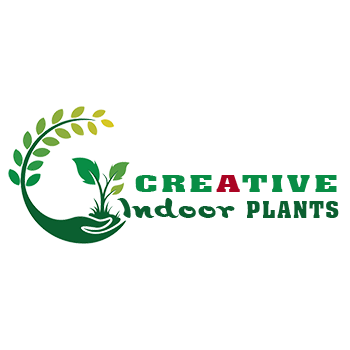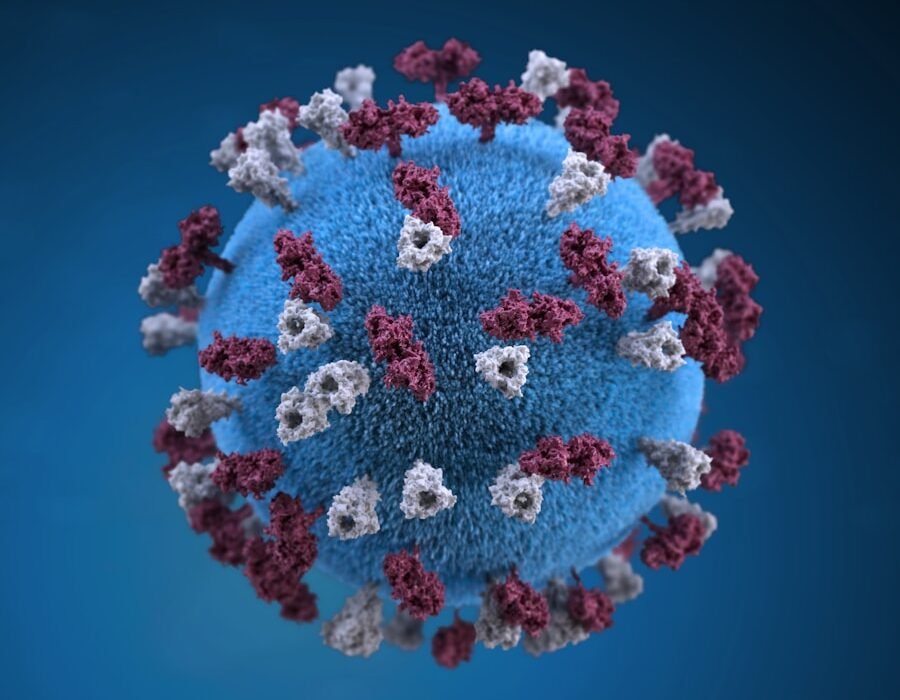Tomatoes are one of the most widely cultivated vegetables in both home gardens and commercial farms. However, they are prone to various diseases that can significantly affect their growth and productivity. The most common tomato diseases include early blight, late blight, powdery mildew, bacterial spot, and fusarium wilt.
Early blight is a fungal disease caused by Alternaria solani, characterized by dark, concentric rings on the leaves and stems of the plant. Late blight, caused by Phytophthora infestans, results in dark, water-soaked lesions on the leaves and stems, which can rapidly spread and cause the plant to wither and die. Powdery mildew, a fungal disease, appears as a white, powdery substance on the leaves and stems of the plant.
Bacterial spot, caused by Xanthomonas campestris, results in small, water-soaked lesions on the leaves and fruit. Fusarium wilt, a soil-borne fungal disease, causes wilting and yellowing of the leaves, ultimately leading to plant death.
Key Takeaways
- Understanding common tomato diseases is crucial for effective treatment and prevention strategies.
- Identifying symptoms of tomato diseases early on can help in implementing timely treatment.
- Implementing effective treatment for tomato diseases involves using organic and chemical options based on the severity of the disease.
- Utilizing preventative strategies such as crop rotation and proper watering can help in reducing the risk of tomato diseases.
- Integrated pest management is a holistic approach that combines various methods to control tomato diseases and maintain healthy plants.
Identifying Symptoms of Tomato Diseases
Identifying Tomato Diseases for Effective Management Tomato growers must be able to recognize the symptoms of common diseases to effectively manage and control them. This knowledge enables growers to take proactive measures to prevent the spread of disease and reduce the risk of crop loss. ### Common Tomato Diseases Early blight can be identified by the appearance of dark, concentric rings on the leaves and stems of the plant, which can eventually lead to defoliation and reduced fruit yield. Late blight presents as dark, water-soaked lesions on the leaves and stems, which can quickly spread and cause the plant to wither and die. ### Fungal Diseases Powdery mildew appears as a white, powdery substance on the leaves and stems of the plant, which can inhibit photosynthesis and reduce fruit quality. Fusarium wilt causes wilting and yellowing of the leaves, ultimately leading to plant death. ### Bacterial Diseases Bacterial spot causes small, water-soaked lesions on the leaves and fruit, which can lead to defoliation and reduced fruit yield. By being able to recognize these symptoms, growers can take proactive measures to manage and control these diseases.
Implementing Effective Treatment for Tomato Diseases
Once tomato diseases have been identified, it is important to implement effective treatment strategies to manage and control them. There are a variety of treatment options available, including organic and chemical methods. Organic treatments for tomato diseases include the use of copper-based fungicides, neem oil, and biocontrol agents such as Bacillus subtilis.
These treatments can help to suppress disease development and reduce the impact of pathogens on tomato plants. Chemical treatments for tomato diseases include the use of synthetic fungicides such as chlorothalonil, mancozeb, and azoxystrobin. These chemicals can effectively control disease development and reduce the spread of pathogens within the plant.
It is important for growers to carefully follow label instructions when using chemical treatments to ensure their safety and effectiveness.
Utilizing Preventative Strategies for Tomato Diseases
| Disease | Symptoms | Treatment | Prevention |
|---|---|---|---|
| Early Blight | Dark spots on lower leaves, yellowing, defoliation | Remove infected leaves, apply fungicide | Rotate crops, mulch, proper spacing |
| Late Blight | Water-soaked lesions, white mold on underside of leaves | Remove infected plants, apply fungicide | Proper ventilation, avoid overhead watering |
| Fusarium Wilt | Yellowing, wilting, stunted growth | No effective treatment, remove infected plants | Plant resistant varieties, proper soil drainage |
| Verticillium Wilt | Yellowing, wilting, vascular discoloration | No effective treatment, remove infected plants | Rotate crops, plant resistant varieties |
In addition to implementing treatment strategies, it is important for tomato growers to utilize preventative measures to reduce the risk of disease development in their plants. Preventative strategies for tomato diseases include crop rotation, sanitation, and the use of disease-resistant varieties. Crop rotation involves planting tomatoes in different areas of the garden each year to reduce the build-up of pathogens in the soil.
Sanitation practices such as removing and destroying infected plant material can help to reduce the spread of disease within the garden. Additionally, planting disease-resistant tomato varieties can help to minimize the impact of pathogens on plant health. By utilizing these preventative strategies, growers can reduce the risk of disease development in their tomato plants.
Organic and Chemical Treatment Options for Tomato Diseases
When it comes to treating tomato diseases, growers have a variety of options available to them, including both organic and chemical treatments. Organic treatments for tomato diseases include the use of copper-based fungicides, neem oil, and biocontrol agents such as Bacillus subtilis. These treatments are effective at suppressing disease development and reducing the impact of pathogens on tomato plants.
Chemical treatments for tomato diseases include synthetic fungicides such as chlorothalonil, mancozeb, and azoxystrobin. These chemicals can effectively control disease development and reduce the spread of pathogens within the plant. It is important for growers to carefully consider their options and choose treatments that are safe and effective for their specific situation.
Integrated Pest Management for Tomato Disease Control
Key Components of IPM for Tomato Disease Control
Several essential elements contribute to the success of IPM in controlling tomato diseases. These include: * Regular monitoring for disease symptoms * Implementing cultural practices such as crop rotation and sanitation * Utilizing biological control agents * Using chemical treatments only when necessary
Benefits of IPM in Tomato Disease Control
By incorporating these IPM strategies into their management practices, growers can effectively control tomato diseases while minimizing their impact on the environment.
A Holistic Approach to Sustainable Agriculture
The IPM approach not only helps to reduce disease development but also promotes sustainable agriculture practices, ensuring a healthier environment for future generations.
Tips for Maintaining Healthy Tomato Plants

In addition to implementing treatment and preventative strategies for tomato diseases, there are several tips that growers can follow to maintain healthy tomato plants. First, it is important to provide adequate spacing between plants to promote air circulation and reduce the risk of disease development. Additionally, watering plants at the base rather than overhead can help to minimize moisture on the leaves and reduce the risk of foliar diseases.
Mulching around plants can also help to maintain soil moisture levels and reduce the risk of soil-borne diseases. Finally, regularly inspecting plants for signs of disease and promptly addressing any issues that arise can help to maintain plant health throughout the growing season. In conclusion, tomato diseases can have a significant impact on plant health and yield if not effectively managed and controlled.
By understanding common tomato diseases, identifying their symptoms, implementing effective treatment strategies, utilizing preventative measures, considering organic and chemical treatment options, integrating pest management practices, and following tips for maintaining healthy plants, growers can effectively manage tomato diseases in their gardens or farms. With careful attention and proactive management practices, it is possible to minimize the impact of diseases on tomato plants and ensure a successful growing season.
FAQs
What are some common tomato diseases?
Some common tomato diseases include early blight, late blight, septoria leaf spot, bacterial spot, and fusarium wilt.
What are some effective treatment strategies for tomato diseases?
Effective treatment strategies for tomato diseases include removing and destroying infected plants, applying fungicides or bactericides, and practicing crop rotation.
What are some prevention strategies for tomato diseases?
Prevention strategies for tomato diseases include planting disease-resistant varieties, practicing good sanitation in the garden, providing proper air circulation, and avoiding overhead watering.
How can I identify tomato diseases?
Tomato diseases can be identified by symptoms such as leaf spots, wilting, yellowing of leaves, and fruit rot. It is important to accurately identify the disease in order to apply the appropriate treatment.

